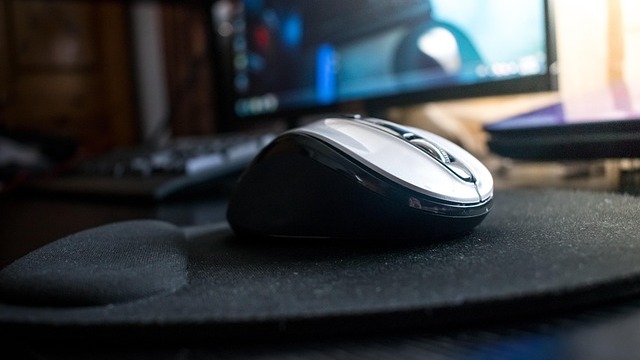
Understanding Internet Throttling: The Hidden Struggle of Speed
If you have experienced lag while streaming your favorite show or had slow upload times during a big meeting, you’re not alone. Many people face slow internet connections, and in some cases, the culprit might be your Internet Service Provider (ISP) actively throttling your speeds. But what can you do to take control of your internet experience?
A Look at Internet Providers and Bandwidth Management
Internet throttling is the intentional slowing down of internet speed by your ISP, mostly occurring during peak usage times or when a user surpasses a predetermined data limit. With the recent repeal of net neutrality regulations, ISPs like Comcast and AT&T can legally throttle connections without facing major consequences. Many users are unknowingly on the losing end of this practice, which can manifest in slower buffering times, poor video quality, and laggy video calls.
Common Signs Your ISP Might Be Throttling Your Speeds
Are you feeling suspicious about your connection speed? Indicators of throttling include:
- Suddenly slow streaming while using specific services like Netflix or YouTube.
- Increased loading times for certain websites, predominantly during heavy internet traffic hours.
- Frequent disconnections or drops when using high-bandwidth applications.
Steps You Can Take to Mitigate Throttling
If you suspect that your ISP is throttling your speeds, several methods could help restore what you need. One immediately effective solution is using a Virtual Private Network (VPN), which can mask your online activity from your ISP and potentially prevent them from slowing your connection down. Some leading VPN services include NordVPN and ExpressVPN.
Upgrading Your Setup for Better Performance
If adjusting your usage doesn’t yield better speeds, a hardware upgrade could be the key. Consider investing in a newer modem and router or a mesh Wi-Fi system to extend coverage in larger homes. An upgraded setup often provides more reliable connections, as older equipment may not adequately support high-speed plans.
Combating Throttling: Beyond Technical Adjustments
It’s not just about switching devices. Understanding the specifics of your ISP’s policies and your usage habits can affect experiences immensely. If your household has multiple users or connected devices, upgrading to a higher-tier service plan may be necessary. Evaluating your ISP provider's data limits can help you avoid unintentional throttling due to exceeding data caps.
A Future Without Throttling?
The ongoing debates surrounding net neutrality indicate a future where internet access could be a hotly contested issue. Advocates for a more regulated approach argue for laws to protect users from unfair practices, which can deter ISPs from throttling connections indiscriminately. Staying informed and advocating for fair practices within your legislative means could become critical as the internet landscape evolves.
Concluding Thoughts
Throttling is a complex issue that affects many users today. From monitoring your online activities to upgrading your equipment, taking proactive measures can address some of the problems stemming from ISP throttling. As technology advances and regulations develop, it’s vital to understand how to protect your internet experience.
 Add Row
Add Row  Add
Add 

 Add Row
Add Row 


 Add Element
Add Element 

Write A Comment